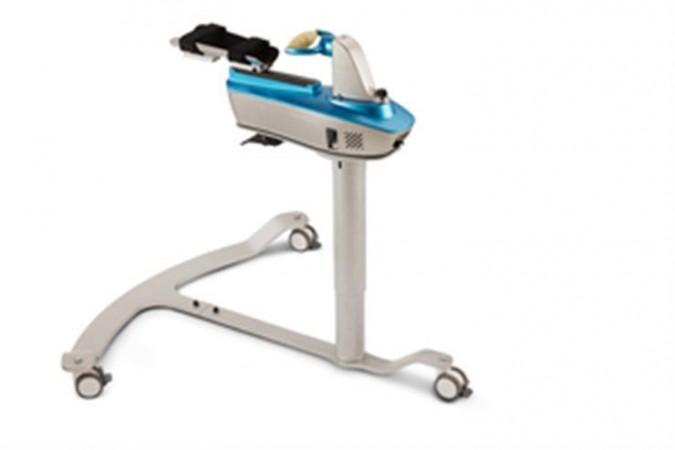
Researchers at the Indian Institute of Technology Madras (IIT Madras) and Christian Medical College, Vellore (CMC Vellore) on Friday announced the development of a cost-effective and portable plug-and-train robot for hand rehabilitation.
Called ‘PLUTO’ (Plug and Train Robot), this device technology was licensed through Technology Transfer Office-TTO ICSR and commercialised by Thryv Rehab Solutions.
It addresses a significant gap in the current rehabilitation market. This innovative device is well-positioned to meet the growing demand for affordable and adaptable rehabilitation solutions in clinical and home settings.
PLUTO is also the first and only indigenous robot to have been tested in Indian homes, demonstrating that PLUTO can deliver intense therapy and make therapy accessible.
PLUTO has also benefitted more than 1,000 patients across 11 different clinics across India in the last four years.
The patented technology offers precise therapeutic movements and real-time feedback, ensuring better outcomes for patients with conditions such as stroke, spinal cord injury, multiple sclerosis, Parkinsons’ disease, and post hand-surgery, among others.
The device is well-suited for use in rehabilitation centres, clinics, hospitals, and even patients’ homes, bridging the gap in accessibility to effective, affordable hand rehabilitation solutions. The innovation’s cost-effectiveness and portability make it a transformative tool in the healthcare industry.
“PLUTO revolutionises hand rehabilitation by providing an affordable and accessible solution for patients with post-stroke conditions. Its portability enables timely and consistent therapy at home or bedside, improving recovery outcomes and reducing dependency on caregivers,” said Prof. Sujatha Srinivasan, Head of TTK Center for Rehabilitation Research and Device Development at IIT Madras.
“Over 1,000 patients with hand impairments have used the device for therapy; at least 15 patients per week use PLUTO for routine hand therapy at CMC Vellore. PLUTO was also the first and only indigenous robot to have been tested in Indian homes, demonstrating that PLUTO can deliver intense therapy and make therapy accessible,” added Prof. Sivakumar Balasubramanian, Department of Bioengineering, CMC Vellore.

The cost-effective device minimises production costs while delivering high functionality, making advanced rehabilitation accessible to a broader audience. Its affordability reduces financial strain on healthcare systems and patients, promoting widespread adoption.
The robot’s modular design uses recyclable materials and energy-efficient processes, reducing waste and environmental impact. Its adaptability eliminates the need for multiple devices, supporting sustainable healthcare innovation.
PLUTO is a modular, portable robot that facilitates advanced hand rehabilitation therapy with adaptive assistance and therapeutic gaming.
The device provides targeted therapy for wrist and hand movements using a single actuator and a set of interchangeable mechanical handles.
The modular design ensures versatility, allowing training of various functions such as wrist flexion/extension, forearm pronation/supination, and hand opening-closing.
(With inputs from IANS)
